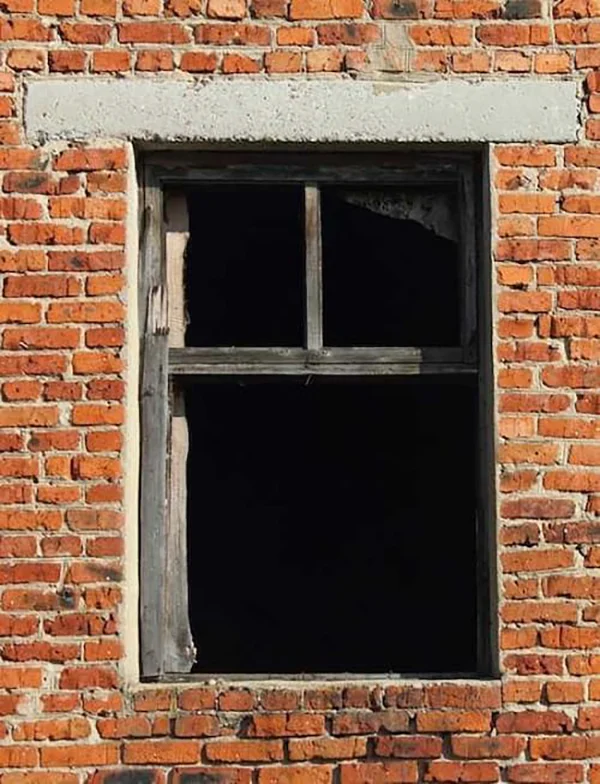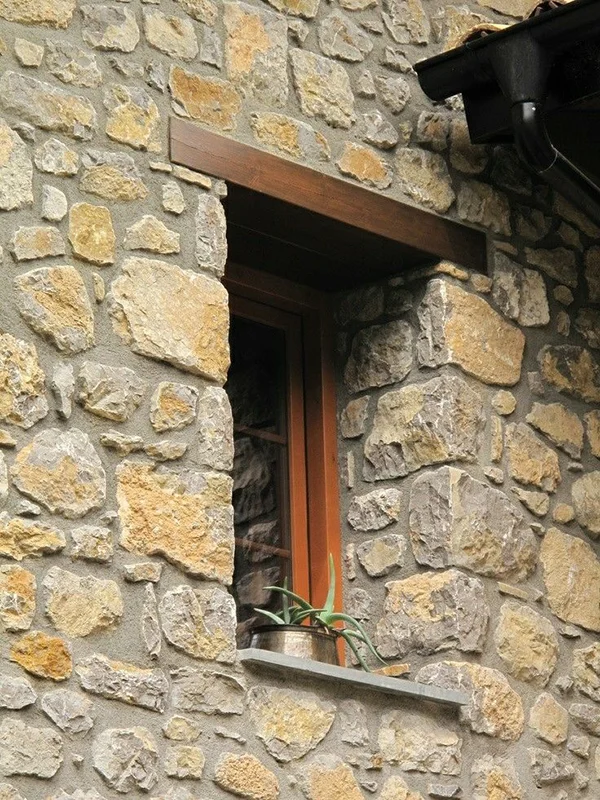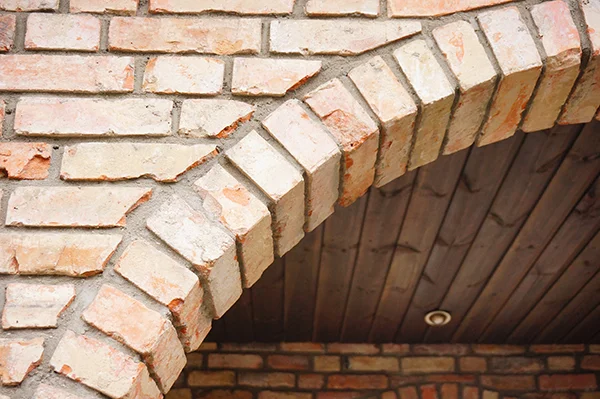Windows
Lintels Explained: What They Are and How They Work

Understanding Lintels and Function in Modern Construction
Lintels are essential structural components in your home that support openings like doors and windows and enhance architectural design.
Builders and homeowners alike benefit from understanding lintels and function, especially when dealing with repairs, replacements, or upgrades.
Let’s explore what lintels are, how they work, and why they matter in both form and function.
What Exactly Is a Lintel?
A lintel is a horizontal structural beam installed above doors and windows to support the weight from above.
While lintels are often unseen, they play a key role in preventing the collapse of walls around structural openings.
Besides offering support, lintels may also serve as decorative elements, enhancing both interior and exterior building aesthetics.
Common Types of Lintels in Construction
Builders choose different lintels based on building material, structural needs, and architectural requirements.
Here’s a breakdown of the most widely used lintel materials and their functions.
Timber Lintels
Timber lintels are traditional and typically used in barns or rural areas with abundant wood supply.
However, timber lacks durability and strength compared to modern materials like concrete or steel, and it’s vulnerable to rot and fire.
Flitched lintels combine timber with steel plates to improve strength while preserving that rustic wooden look.
Concrete Lintels

Concrete lintels are widely used for their strength, versatility, and cost-effectiveness.
They can span small or large openings and withstand heavy loads, making them suitable for various residential and commercial buildings.
Despite their popularity, concrete lintels can develop horizontal cracks, leading to water intrusion and eventual rust in reinforcements.
Stone Lintels

Stone lintels add aesthetic appeal and offer solid structural support when used in slabs or segmented pieces.
They resist fire and weathering but are vulnerable to vibrations and may crack under excessive weight or environmental stress.
Their weight also makes installation challenging and expensive compared to alternative materials.
Brick Lintels

Brick lintels suit smaller openings, especially in brick constructions or where aesthetics are a priority.
They typically carry light loads unless reinforced with steel for added strength and stability.
Brick lintels also feature weep holes to help prevent water buildup and avoid deterioration from rot.
Steel Lintels
Steel lintels handle wide openings and heavy structural loads efficiently without cracking or rotting.
Installers use steel in various forms like rolled joists or channel sections, offering flexibility for modern architectural designs.
Unlike other materials, steel resists deformation, making it ideal for high-performance and long-lasting construction projects.
Understanding Lintels and Function in Buildings
Understanding lintels and function allows homeowners and builders to ensure stability and safety in structural openings.
Lintels bear loads and distribute them evenly to the surrounding wall, reducing pressure on door and window frames.
Lintels also protect against wind, quakes, and provide style with exposed stone or decorative brick patterns.
Additional Functional Benefits
- Lintels act as support beams above windows, doors, and garages.
- Reinforced lintels offer safety during storms and earthquakes.
- Some lintels enhance architectural charm by showcasing beautiful finishes like stone or carved brickwork.
Common Causes of Lintel Damage
Several factors can lead to lintel failure, from weather exposure to installation errors or structural updates.
Water damage causes spalling in concrete and rust in steel, while wood is prone to rot and beetle infestation.
Improper installation also contributes to breakage, especially when lintels are misaligned or under-supported during construction changes.
Repairing or Replacing Lintels
Lintel repairs should always be performed by professionals, given the structural risks and complexity involved.
For wooden or brick lintels, experts use steel helical bars to reinforce or restore integrity without removing architectural finishes.
Concrete or steel lintels may need patching or replacement depending on the severity of the cracking or rust.
Repair Costs and Considerations
Repairing a lintel typically costs between $100 and $400, depending on the size and material of the lintel.
Smaller repairs, like above a window, are more affordable than replacing garage door lintels with severe structural damage.
Early detection helps reduce costs and avoids long-term complications like full wall collapse or water infiltration.
Final Thoughts
Lintels may be hidden behind drywall or bricks, but they hold up essential parts of your home every day.
By understanding lintels and function, you can better manage repairs, recognize damage early, and preserve architectural style.
Lintels protect your home, support heavy loads, and even offer decorative potential when thoughtfully selected and maintained.
Explore more news on this website to learn about home improvement tips, structural safety guides, and expert building advice.
